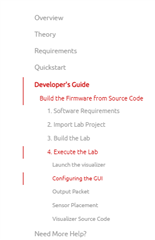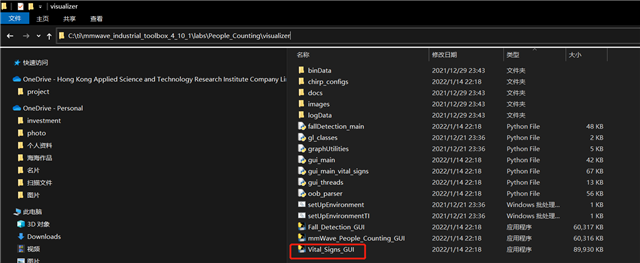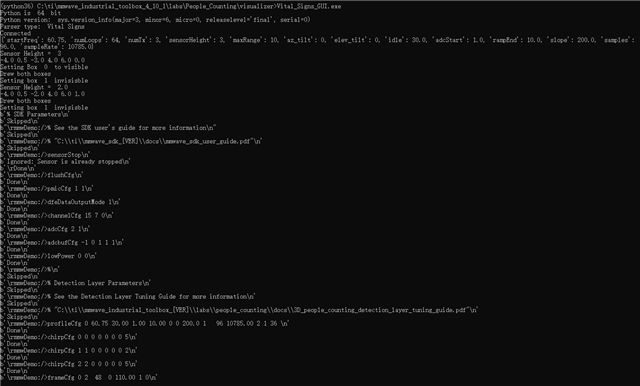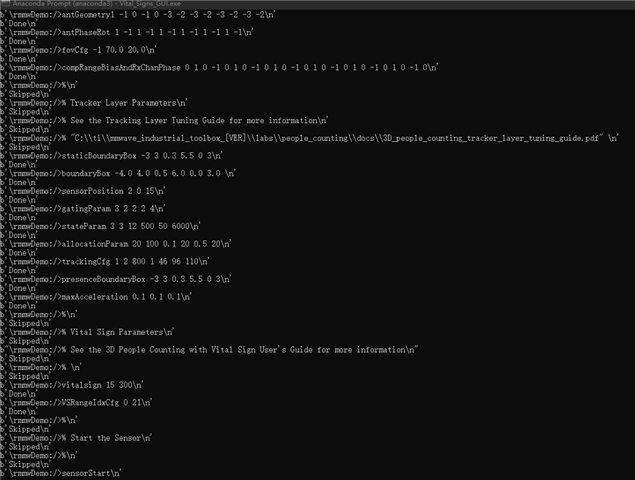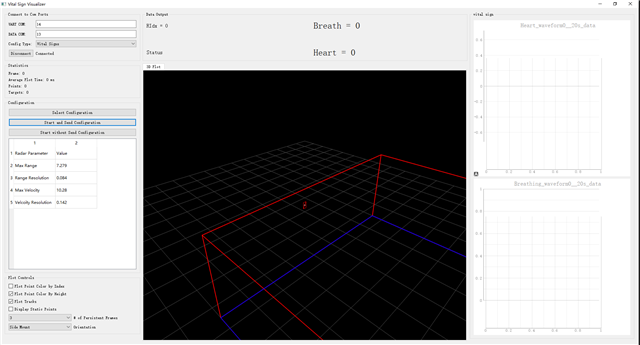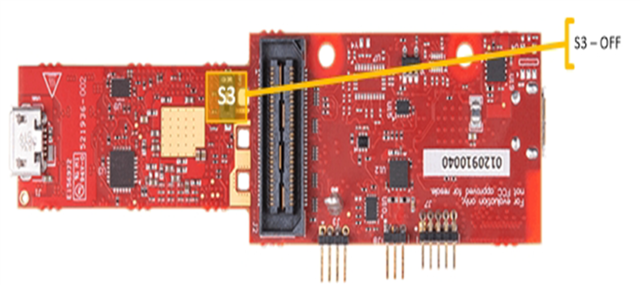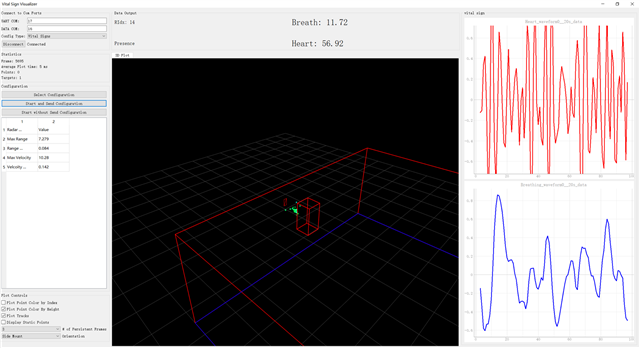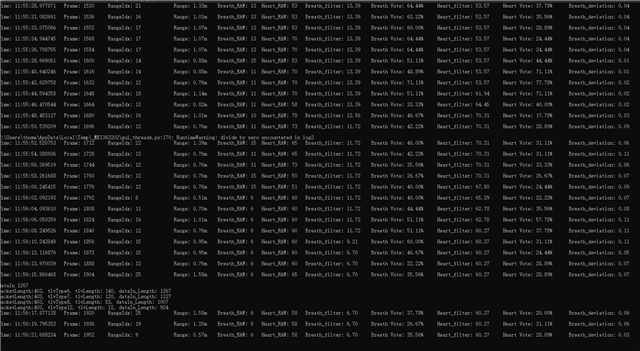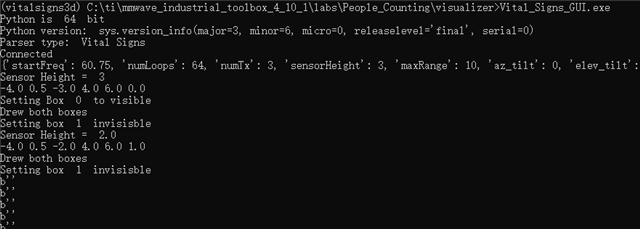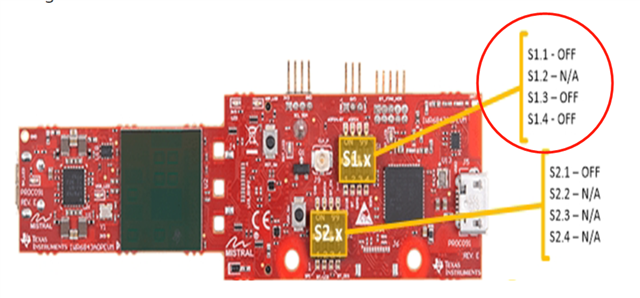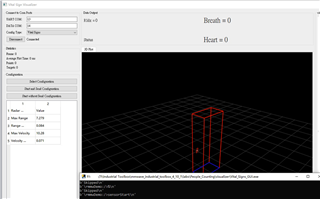Other Parts Discussed in Thread: AWR1642BOOST, IWR6843AOP
My friend using IWR6843ISK-ODS and AWR1642BOOST.He sitting in the chair and the value of heartbeat is 70 same as the value on the watch. And then he keeps standstill, sometimes the value is too high such as 114 or too low such as 54 and keep more than 10seconds.Why dose the value become too large or too small when someone standstill?


